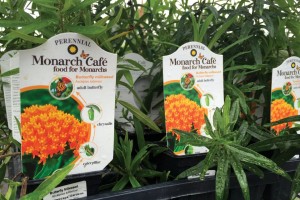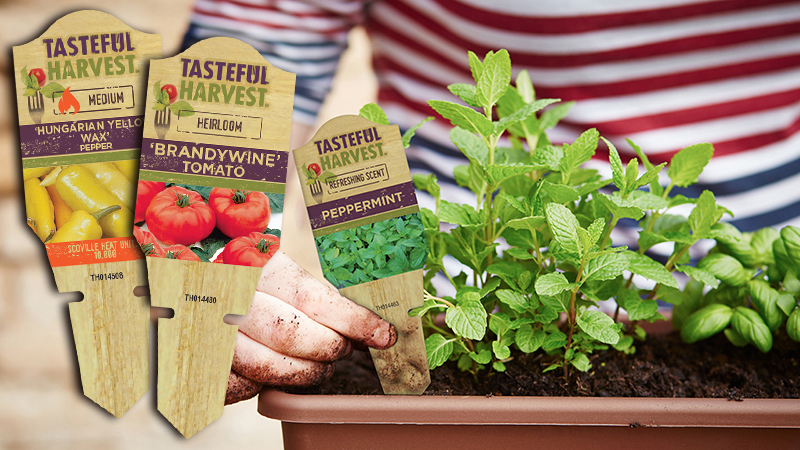How To Promote Pollinator-Friendly Plants This Spring
 Despite a major cold spell that brought snow and freezing temperatures to many areas of the country this past week, it’s important to remember that Spring 2016 is just a few weeks away. This means it’s time for growers to finalize plant availability for their customers.
Despite a major cold spell that brought snow and freezing temperatures to many areas of the country this past week, it’s important to remember that Spring 2016 is just a few weeks away. This means it’s time for growers to finalize plant availability for their customers.
The National Garden Bureau reminds the industry that it’s more important than ever to include pollinator-friendly plants on grower availability listings this year. Not only are home gardeners and garden-retailer customers demanding them, but pollinators and the plants on which they depend have become a top federal priority.
In an unprecedented move to protect a key component of our nation’s agriculture system and the biodiversity needed to sustain it, the White House in 2015 presented a call to action to support pollinator health. With one in three bites of food Americans eat each day dependent on the actions of pollinators, a declining pollinator population becomes a challenge for everyone to help solve.
The Pollinator Challenge
In June 2015, a group of national gardening and habitat organizations led by American Public Gardens Association, National Gardening Association, National Wildlife Federation, and Pollinator Partnership joined with industry organizations AmericanHort, American Seed Trade Association, Home Garden Seed Association, and the National Garden Bureau to form the National Pollinator Garden Network. This collaborative effort, with more than 25 other organizations and eight federal agencies, established the Million Pollinator Garden Challenge (MPGC) to encourage Americans to plant pollinator-beneficial plants. Whether it’s a window box, a home garden, or a large-acreage landscape planting, every pollinator-friendly planting contributes to pollinator survival. The MPGC encourages Americans to grow seeds and plants for the benefit of pollinators and to register those plantings to reach the goal of 1 million pollinator gardens by December 2016.
Why Availability Matters
With the Million Pollinator Garden Challenge hitting consumer awareness full force this spring via both the mainstream and garden media, demand at the retail level for seeds and plants beneficial to pollinators will be unmatched. It makes both environmental and economic sense to fill the growing need. Not only do bees, butterflies, hummingbirds, and dozens of other pollinators need these plants for survival, consumers are stepping up to the challenge and asking for the horticulture industry’s help by making pollinator-beneficial plants and seeds available.
Tips for Getting Started
Growers have at the ready multiple resources and ways to provide plants and seeds that can be used as forage or habitat for pollinator species. Determine demand and appropriate species for a given location by:
• Contacting local and regional botanic gardens, zoos, and wildlife centers for a listing of their recommended pollinator plants. Remember, annuals, perennials and woody trees, shrubs, and vines are all important.
• Reaching out to garden retailer customers to assess which species they suggest to customers and also which species customers are requesting
• Connecting with breeders and brokers for information on native and pollinator plant programs
• Consulting the resources available through the Million Pollinator Garden Network Partners.
Using these tips and their own ingenuity, growers can be sure they are well equipped to meet the needs of garden retailers and consumers alike.










